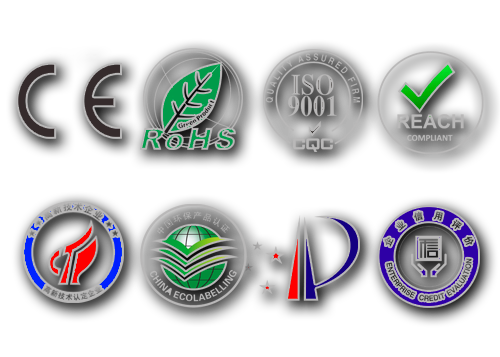Test method for resistance characteristics of ultra-low resistance filtration devices
Test method for resistance characteristics of ultra-low resistance filtration devicesThe following are some test methods for the resistance characteristics of ultra-low resistance filtration devices:Constant velocity method Experimental equipment: mainly includes gas pipe, air pump, flow meter, differential pressure meter, and fixture. Both ends of the gas pipe are open, the air pump is arranged at one end of the gas pipe, the fixture is arranged on the gas pipe for fixing the sample, the flow meter is arranged at the end of the gas pipe near the air pump, the first contact and the second contact of the differential pressure gauge are arranged in the gas pipe, and are located on both sides of the sample. Test steps: First, the clean filter material is cut into a fixed-size sample, and the sample is vacuumed to determine whether it is qualified. After passing the test, the sample is fixed on the gas pipe of the test device with the fixture, the air pump is started, the indicator value of the flowmeter is controlled to stabilize at a certain flow rate, such as 1-2m³/h, and all the indicators of the differential pressure gauge are recorded for 4-7 minutes continuously. The differential pressure is brought into the formula to determine whether it is within the normal range. If so, the resistance of the sample is calculated. Portable filter resistance test method Experimental equipment: mainly composed of a portable box, test panel, test circuit, and so on. The test loop includes the system pipeline, filter installation fixture, host screen, differential pressure sensor, gas flow meter, regulating valve, micro air pump, power supply and control system, etc. Test steps: First set the target flow value through the host screen, and test the system pipeline resistance P1 through the differential pressure sensor without installing the filter; Then install the filter, and test the resistance P2 of the system pipeline through the differential pressure sensor; Finally, the resistance P of the filter is calculated, and the calculation formula is P=P1-P2. High-efficiency air filter efficiency and resistance tester method Experimental equipment: mainly composed of an aerosol generator, air duct system, aerosol sampling and testing device, control system, micro pressure gauge, temperature sensor, humidity sensor, flow meter, fan, and other parts. Test steps: Check the equipment to ensure that all components are intact; Prepare a clean and dust-free test environment and ensure that the equipment is well sealed; Preheat the system according to equipment requirements; Select the aerosol type and set the appropriate concentration, wind speed, air volume, temperature and humidity test conditions; Start the tester and related auxiliary equipment, use the aerosol generator to produce aerosols that meet the test requirements, and use the optical particle counter to detect particles in the specific particle size range above and below the tested filter; In the process of testing, the data is collected and recorded in real-time, and the resistance of the filter is calculated according to the collected data. After the test is over, the test data is saved and the test report can be printed as needed. |

 German
German French
French Italian
Italian Portuguese
Portuguese Japanese
Japanese Korrean
Korrean Russian
Russian




